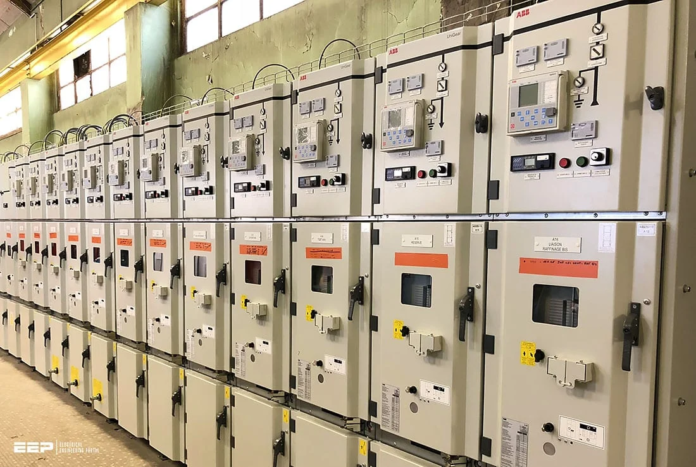Switchgears is an active part of the electric supply system. It has multiple fuses, circuit breakers, current and potential transformers, lightning arresters, etc. It helps in keeping the power supply intact in offices and large buildings. Many large buildings like hospitals, malls, and offices.
There are different types of switchgear available in the market. However, one thing common in every type is their certifications. A switchgear certification is mandatory to make it eligible for sale and use in the market. Therefore, in this article, we mention the much-required information on the working and certification of switchgear.
What is Switchgear?
Switchgear is used to control, regulate and switch on or off the electrical systems in buildings. It has many parts like fuses, circuit breakers, wires, switches, etc. Switchgear helps keep the electricity supply intact even when there is a fault in one of the circuits.
Switchgears are responsible for providing power supply to 1000s of buildings together. The relay in the switchgear disconnects the faulty wires when there is a fault and keeps the rest going well. As a result, the systems keep running, and there is no data loss, mitigating business blouses due to power defects.
Features of Switchgear
- Reliable
Switchgear is reliable because they provide undisturbed connectivity to the electric appliances even when there is a fault in the wiring. It helps in increasing the capacity of generating stations.
- Control Facility
IN addition to an uninterrupted power supply, the switchgear also offers hand-held operations for controlling the electric current.
- Absolute Differentiation
Switchgear is capable of separating the functioning and non-functioning parts of a circuit. As a result, it helps it keep an uninterrupted power supply in the building.
Types of Switchgear
Switchgear is differentiated into three types based on the voltage levels. They are:
- Low-Voltage Switchgear(L.V. Switchgear): It has a capability of 1kV and is a collection of low-voltage circuit breakers, earth leakage circuit breakers, MCBs, moulded case circuit breakers and more. L.V. switchgear ensures the safety and provides local switching
- Medium Voltage Switchgear (MV Switchgear): Medium voltage can operate easily between 3kv to 36KV. They have a metal-enclosed indoor type, metal-enclosed outdoor, etc. The MV switchgear uses sulphur hexafluoride, vacuum, and oil to block the current flow in case of any faults in the system.
- High-Voltage Switchgear (H.V. Switchgear): It easily operates above 36 kV and manages to provide electric power to multiple buildings.
Switchgear Certifications
Switchgears need to comply with the IEC standards to be eligible for sale in the market. If ASTA does not mark the switchgear certification, the product is considered faulty and can not be sold. Furthermore, the sale or purchase of any such switchgear without a valid certification is prohibited under law as it can be harmful for use and may cause loss of life and property.
ASTA Certification is valid in many parts of the world as evidence of compliance with IEC standards. All the switchgear parts, such as motor control centres, large assemblies, busways, and more. In addition, you should note that ASTA certification is valid only for the equipment configuration. The manufacturer should provide individual certification of all the products used in making switchgear.
Final Words
Switchgear is an essential part of the electricity supply control system with the requirement of power supply in multiple electric appliances. The switchgear symmetrically goes under multiple testings to ensure the switchgear is working well.
A complete list of tests, certifications and validations prepared in the manufacturing unit. Each part used in the switchgear has its certification, and the manufacturers have to provide valid documents. So, ensure that your switchgear is duly certified by the authorised agencies.










![Anso FG Reviews: UPDATED 2024 [ansofg.com] Anso FG Reviews UPDATED 2024 [ansofg.com]](/wp-content/uploads/2023/12/Anso-FG-Reviews-UPDATED-2024-ansofg.com_-100x70.png)







